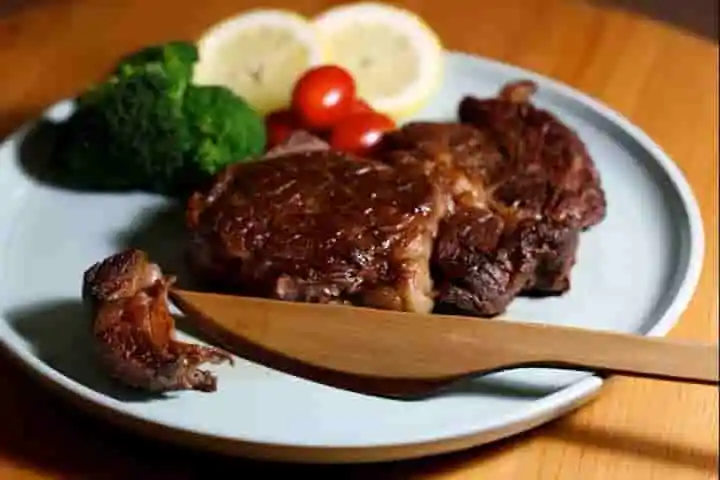Defying conventional wisdom scientists in the University of Maryland are showcasing a stunning innovation — a wooden kitchen knife that is 3 times sharper than steel. The details of turning a humble wooden shaft into a mean that can easily slice through formidable piece of meat, and much more, were published in the journal Matter on October 20.
According to an article in sciencedaily.com, what is really interesting is that the technique renders the wood 23 times harder and therefore the knife made from it is three times sharper than a dinner table knife made of stainless steel.
Talking about this research, Teng Li, the study’s senior author who is a materials scientist at the University of Maryland said: "The knife cuts through a medium-well done steak easily, with similar performance to a dinner table knife.”
This knife after using can be washed and reused and thus can be a suitable alternative to knives made of plastic, steel and ceramic.
Going beyond knives, Li along with his team has also created wooden nails as sharp as the common metal ones. These are resistant to rust too. The scientists demonstrated the strength of the nail as they hammered together three boards with it. Li is also exploring the prospect of using this material for making hardwood flooring that will be resistant to wear and tear and scratching.
Also read: Researcher develops magic tree bearing 40 different types of fruit
Even though processing of wood has been going on for centuries but when used for making furniture it is processed with steam and compression.
Elaborating on the new method, Li said: "When you look around at the hard materials you use in your daily life, you see many of them are human-made materials because natural materials won't necessarily satisfy what we need. Cellulose, the main component of wood, has a higher ratio of strength to density than most engineered materials, like ceramics, metals, and polymers, but our existing usage of wood barely touches its full potential.”
The strength of wood is short of that of cellulose since it is made up of only 40 to 50 per cent cellulose, with the remaining part making up for hemicellulose and lignin that play the role of binder.
The researchers processed the wood to ensure removal of the weaker components while keeping intact the cellulose. "It's a two-step process. In the first step, we partially delignify wood. Typically, wood is very rigid, but after removal of the lignin, it becomes soft, flexible, and somewhat squishy. In the second step, we do a hot press by applying pressure and heat to the chemically processed wood to densify and remove the water,” Li explained.
Once the processing is over, the material is shaped into the desired object and it is coated with mineral oil with the aim of extending its life. As there is a tendency of cellulose to absorb water, the coating preserves the knife’s sharpness while in use and when washed after use.
Also read: Now, toilet-training of cattle becomes a novel way to slash greenhouse gases
To examine the origin of the wood’s strength Li and his team used high-resolution microscopy to study its microstructure. Talking about this, Li said: "The strength of a piece of material is very sensitive to the size and density of defects, like voids, channels, or pits. The two-step process we are using to process the natural wood significantly reduces or removes the defects in natural wood, so those channels to transport water or other nutrients in the tree are almost gone."
This process has the potential of being more energy efficient and promises lower environmental impact, though more research needs to be done.
"In our kitchen, we have many wood pieces that we use for a very long time, like a cutting board, chopsticks, or a rolling pin. These knives, too, can be used many times if you resurface them, sharpen them, and perform the same regular upkeep."




















